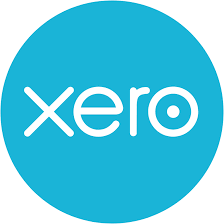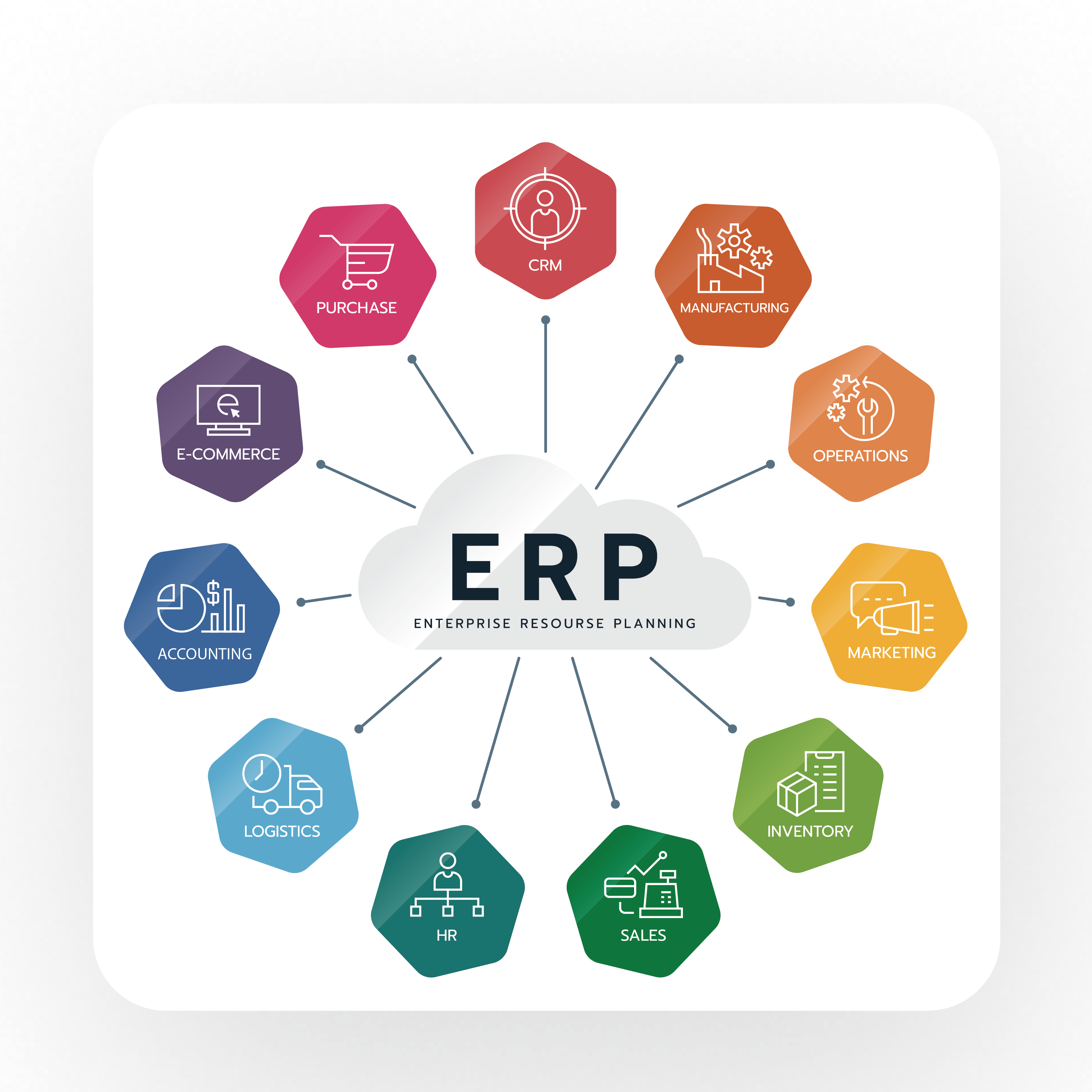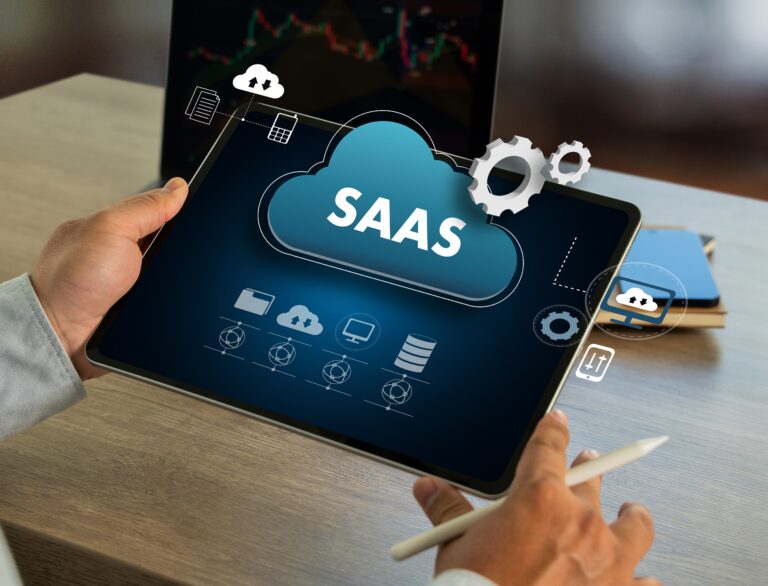ERP integration can be key to solving many common business challenges. While it is not a magic bullet, connecting the tools you already use to run your company can provide tremendous insight and value.
Of course, ERP integration in general—and ERP software in particular—are rather broad topics. We’ll cover the basics here with an eye toward accounting, as Invoiced is a B2B invoicing network with roots in accounting services (A/R and A/P automation).
Before getting into what ERP integration is and how it works, it’s helpful to grasp the role of ERP software first. So let’s start there.
What is enterprise resource planning (ERP) software?
“ERP software” refers to the general class of tools that an organization can use to manage or control its common business functions and day-to-day activities.
These applications are often purchased as a bundle from a common developer—with each module covering a specific set of related tasks— while relevant data is stored in a central database.
The ERP landscape for smaller businesses can be more piecemeal, with the company acquiring new tools from new platforms and providers as needed.
Some common ERP tasks (or modules) include but are not limited to:
- Asset management
- Compliance
- Financials
- Human resources
- Manufacturing
- Procurement
- Risk management
- Supply chain management
ERP vs. accounting software: What’s the difference?
While the term “ERP” refers to the holistic collection of software used across the business, accounting tools only focus on those ERP applications used to manage and control a company’s financials (e.g., bookkeeping, cash management, accounts receivable). In other words, accounting applications are a subset of ERP tools. It’s important to keep this in mind, as the two are often discussed interchangeably.
While these two labels are sometimes used interchangeably, in reality, they have unique meanings. Simply put, accounting applications are a subset of ERP tools. So while the term “ERP” refers to the holistic collection of software used across the business, accounting tools only focus on those ERP applications used to manage and control a company’s financials (e.g., bookkeeping, cash management, accounts receivable).
Examples of ERP software
The following are all examples of ERP software that integrate with Invoiced’s accounts receivable automation software, reducing payment friction and simplifying accounting.
| Designed for small and mid-sized businesses, NetSuite is a cloud-based ERP platform. This suite of tools covers a broad range of back office functions as diverse as accounting, human capital management, project management, and more. | |
| QuickBooks is an accounting software package that offers both cloud-based and on-premises deployments. | |
| Sage Intacct delivers cloud-based accounting and financial management tools that feature automation and reporting capabilities. | |
 | Operating under a software-as-a-service (SaaS) model, the Xero accounting solution provides a unified ledger to track company financials. |
What is ERP integration?
ERP integration allows all of your “back-office” data and functionality to be readily and centrally available in one place. Because ERP modules—and most business functions, for that matter—shouldn’t operate in a silo, isolated from other activities.
For example, it’s difficult to know how many goods you need to manufacture if you don’t know how many are being sold or how much stock you already have in inventory. Are some of that warehoused products already spoken for? You should check your supply chain records regarding pending shipments. And should you even be sending out those orders, is that customer delinquent in their payments? These types of questions can quickly compound.

To manage all this, you need your different tools to be able to readily share information not only between each other but with outside applications as well. That’s where ERP integration comes in. It can help you get all your tools in one place, providing a streamlined, cross-platform experience where your real-time business data comes from a single source of truth.
Types of ERP Integration
There are a variety of tools and strategies that your business can use to connect its ERP software. You’ll likely only need to worry about integrating third-party software or external systems since modules from a common developer can often share data right out of the box. Typically, whatever integration middleware you choose will follow one of the following three models.
Point-to-point
The easiest to visualize, point-to-point integration involves software that directly routes data between two different applications: two circles connected by a single line. This strategy works well for small environments, but a new application added to the integration chain will need a rapidly-growing collection of data bridges (three lines for two circles, six lines for four circles, ten lines for five circles, and so on).
Enterprise service bus (ESB)
Routinely referred to as the “hub and spoke” model, an ESB provides a centralized integration hub that can connect to external applications through individual adapters. Rather than coding unique pathways between each pair of applications, the individual tool only needs to be able to communicate with the centralized ESB. And the ESB, in turn, manages the routing between the various connected applications.
Integration platform as a service (PaaS)
Modern businesses frequently rely on cloud-based solutions to support their operations. And rather than worrying about software licenses and maintaining a robust IT infrastructure, many businesses have chosen service-based solutions, meaning that the underlying software is running in an outside cloud environment rather than on-premises.
And as more software and business tools are relocating to cloud environments, cloud-based integration solutions are becoming more common as well. Rather than relying on on-premises middleware (like the preceding two options), an integration PaaS uses cloud services to manage data access and transmission, typically working through application programming interfaces (APIs) already built into the relevant tools.
What systems and tools integrate with ERP software?
As previously mentioned, integrating your ERP platform with other back-office systems can garner a great deal of value. Standardized modules often don’t possess the same scope of functionality that specialized software might cover, so the following third-party tools are commonly integrated.
1. Automated accounting:
While an ERP platform could centralize and standardize your finance operations, it likely won’t be able to automate these highly-repetitive tasks—at least, not to any degree of sophistication. But by integrating the right accounting software, you can accelerate operations and even design automated workflows that route invoices or payments across the relevant modules without human intervention.
2. Business intelligence (BI):
Now that all of your ERP data is in a common hub, you can begin leveraging it to improve your decision-making. BI tools can assist you in pattern detection, analytics, reporting, forecasting, and many other tasks that make your data work for you.
3. Customer relationship management:
Much of the information stored about your customers in these tools can prove particularly useful when making decisions related to your sales, supply chain, and manufacturing efforts. By analyzing and comparing these interdependent details, you can be confident that your choices are being made to benefit your individual client relationships.
Struggling to retain your customers? Here are some of our top customer retention strategies.
4. E-commerce:
Why sell in person when you can do it online? Integrating your e-commerce portal can help accelerate supply chain efforts and product delivery, and when bundled with business-to-business (B2B) integration with your customers, you can also streamline the entire invoicing and B2B payments process.
5. Human Resources:
A company’s financial health depends on more than just how much cash is in the bank. And to effectively manage your business, your accounting team will need to be fully aware of any outstanding obligations—such as upcoming payroll or how much paid time off (PTO) is still pending for the rest of the year.
6. Project Management:
Integration with these tools is useful when answering questions,—where do your various business tasks stand in terms of completion? How many workers can you assign to a given project? And how will changes in that figure affect supply chain timelines or billing cycles?
Benefits of ERP integration
1. Automated processes
Many ERP platforms offer limited automation tools that can help accelerate common tasks. When you can integrate these operations with third-party tools, you can invest in more robust automation strategies that accelerate process-heavy tasks. For example, Accounts Receivable (A/R) automation software can remove the need to manually send or track invoices, instead letting you monitor the payment cycle as it proceeds through a more touch-free workflow.
2. Centralized data
With all of your records stored in a common database, compiled in a standard format, and shared uniformly across applications, you can improve the quality and consistency of your business operations. You no longer need to worry about outdated information being used in your decision-making, and reporting should be much easier.
3. Constant communication
You don’t want to work with your business to be complicated for your suppliers or your customers. By making relevant and secure ERP data available to these outside parties, you can keep them better informed regarding the status of shipments, payments, etc., improving satisfaction levels and helping to build a stronger, more trusted relationship.
4. Cost reductions
As your operations grow more efficient and automation becomes more commonplace, you’ll be able to accomplish more with fewer resources, saving funds that can be reinvested in the business and time that can be used for more important, less redundant, and repetitive tasks.
5. Nuanced workflows
Once the status of projects can be viewed by users across teams, your business can better prioritize workloads and more accurately forecast and schedule existing projects. And when coupled with automation tools, these workflows can accelerate repetitive tasks and cut down on potential delays between process steps.
6. Streamlined compliance
With standardized reporting and up-to-the-minute data, your business will be in a better position to meet regulatory guidelines and more readily comply with auditing efforts.
7. Targeted sales and marketing
Do your customers tend to focus their purchases near the end of a quarter? Are certain offerings frequently bought together? As buying trends among your client base become easier to identify, you’ll be in a better position to react to and capitalize on these opportunities.
ERP integration best practices and strategies
1. Have a plan
If you’re starting your ERP integration journey, make sure you do the necessary homework first. No two integration tools are the same, and not every strategy will be right for your business. Map out any operational dependencies, and make sure whatever solution you choose can replicate these workflows. In addition, be sure to speak with your partners, vendors, and suppliers before any decision to allow them time to make any necessary accommodations and to avoid potential business interruptions.
2. Manage your data
To make the most of your integration, you want your key systems to rely on the same data set, with updates being made in real time. If this information is inaccurate or corrupted, your single source of truth becomes a single source of lies. Instead, you should routinely cleanse your central database, remove duplicate information, standardize data formats, and validate the overall accuracy of records.
3. Prioritize security
The whole purpose of integration is to make your data more readily available. But increased accessibility can come with an increased risk that the wrong sorts of people might be able to view and manipulate these records, as well. Look for platforms that offer monitoring controls able to identify when data is being accessed and by whom. Or invest in security tools that can automatically flag unauthorized users and detect behavioral anomalies.
4. Set it on easy mode
Choose a platform that delivers an easy-to-use interface that simplifies your life. If adding a new third-party system or automating cross-platform workflows requires help from the developer or a nuanced skill set from your IT staff, you might reconsider your current strategy. After all, integration is supposed to simplify using your data.
ERP Integration and Invoiced
At Invoiced, we specialize in accounting automation software that makes our customers’ lives easier. With that goal in mind, we’ve also designed our platform to help make ERP integration equally intuitive. At the heart of the Invoiced suite is a powerful billing API that enables users to integrate a broad range of third-party tools, such as other accounting platforms, CRM solutions, ordering systems, and analytics software.
We’ve also developed ERP Connect, a specialized integration toolset that can seamlessly connect your on-premises ERP solution with our award-winning A/R automation software—and our accounts payable (A/P) software in the near future.
This solution offers rich data access to dozens of endpoints for synching your invoices, customers, contacts, credit notes, payments, estimates, and more.
Further, the software’s mapping function can readily identify data flows—and corresponding operational dependencies—between your accounting and broader ERP tools. And with direct API access to the Invoiced platform, ERP Connect does not require you to open any ports in your firewall, promoting stronger security practices.
Invoiced: Powerful, Flexible, Automated Accounting Software
Wherever you are on your ERP integration journey, if you haven’t already automated your financials, you’re missing out on a prime opportunity to accelerate business performance. Take a moment to explore what our Accounts Receivable Automation Software and our Accounts Payable Automation Software have to offer.
And while you’re at it, check out how easy it is to integrate your A/R efforts with your on-premises ERP platform using ERP Connect!




